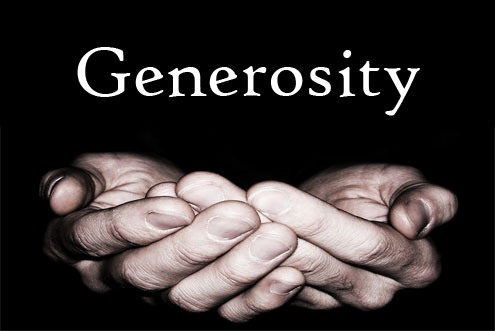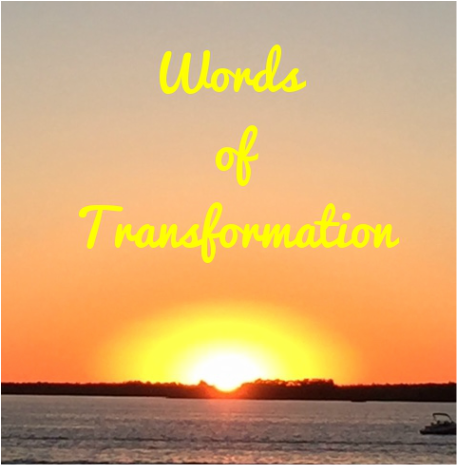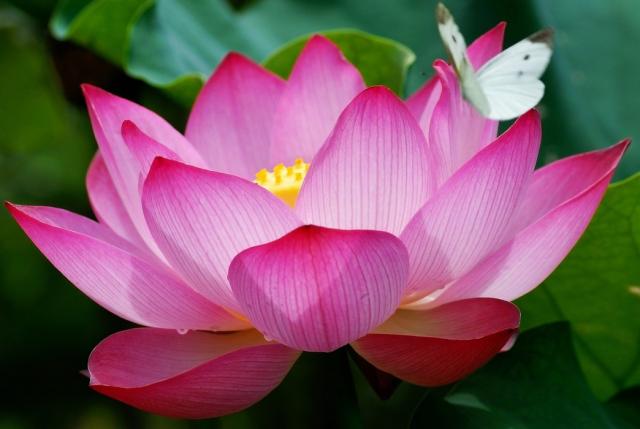The marketing and advertising guru's of the multi-million dollar sports drink industry attempt to convince us that we need to drink their neon colored sports drinks to stay properly hydrated and to adequately replace our electrolytes. They make a big deal about electrolytes and how we need to drink their special concoction to hydrate our bodies. Do we need to replace our electrolytes, and if so, what's the best way to do it?
Now I'm not an expert, but it's my understanding that most of us who are moderately active don't really need to worry about electrolyte replacement. We can hydrate with plain old water and our body will be able to handle replacing electrolytes with our food intake. If you are training for a marathon or other intense, highly active, hardcore training that's when your body could probably use an electrolyte boost.
For the times where our body needs electrolytes are the popular sports drinks the best option? We see them all over, big jugs of them on the sidelines for college and professional sports teams, most kids on the sidelines of any sport games and practices have one sitting on the bench. It's easy to buy into the idea of them being needed and a healthy option, but are they?
First of all, let's talk about the sugar. The typical 12 ounce serving of sports drink contains 21 grams of sugar and that 's not even a whole bottle. Most sports drink bottles contain 2.5 times that amount liquid or 52 grams of sugar. The American Heart Association suggest a daily intake of sugar for children ages 4-8 of 12.5 grams, children preteen to teen of 21-33 grams, women 25 grams and men 37.5 grams. Even 12 ounces of a sport drink greatly exceeds what young children and preteens should be ingesting in a whole day!
How do they get that neon color and that fruity taste? The average sports drink contains a variety of coloring and flavoring along with emulsifiers to make it taste good and help keep it all from separating. Some of the coloring, flavoring and emulsifiers safety is debatable.
So, what options do we have for those heavy workout times where we need to replace electrolytes? One super easy option is to add a pinch of high quality sea salt to your water and shake it up. Electrolytes are basically salt. Sea salt contains trace minerals and sodium chloride, added to your water and dissolved and you have your own electrolyte replacement drink. Squeeze some lemon in it and add a little raw honey if you want for some occasional flavor.
Another great option is coconut water. Coconut water is from young, green coconuts and is low in calories and a natural source of electrolytes including sodium and potassium. The electrolyte content is more than double that of traditional sports drinks with about half of the carbohydrates making it a great alternative.
Next time you have a big workout or your kids have a long day of playing out in the hot sun, try making your own natural sport drink alternative and skip the sugar and chemical laden store bought sports drink. Your body will thank you!
There are a ton of natural sports drink recipes out on the web if you are interested in some additional options. As always, I would love to hear your feedback. Please drop me a comment or send me an email.




 RSS Feed
RSS Feed
